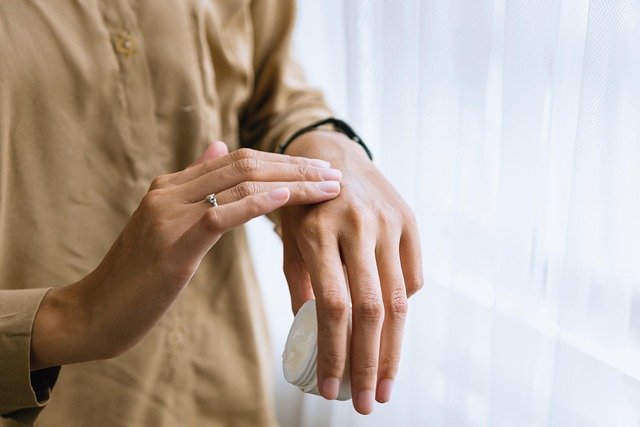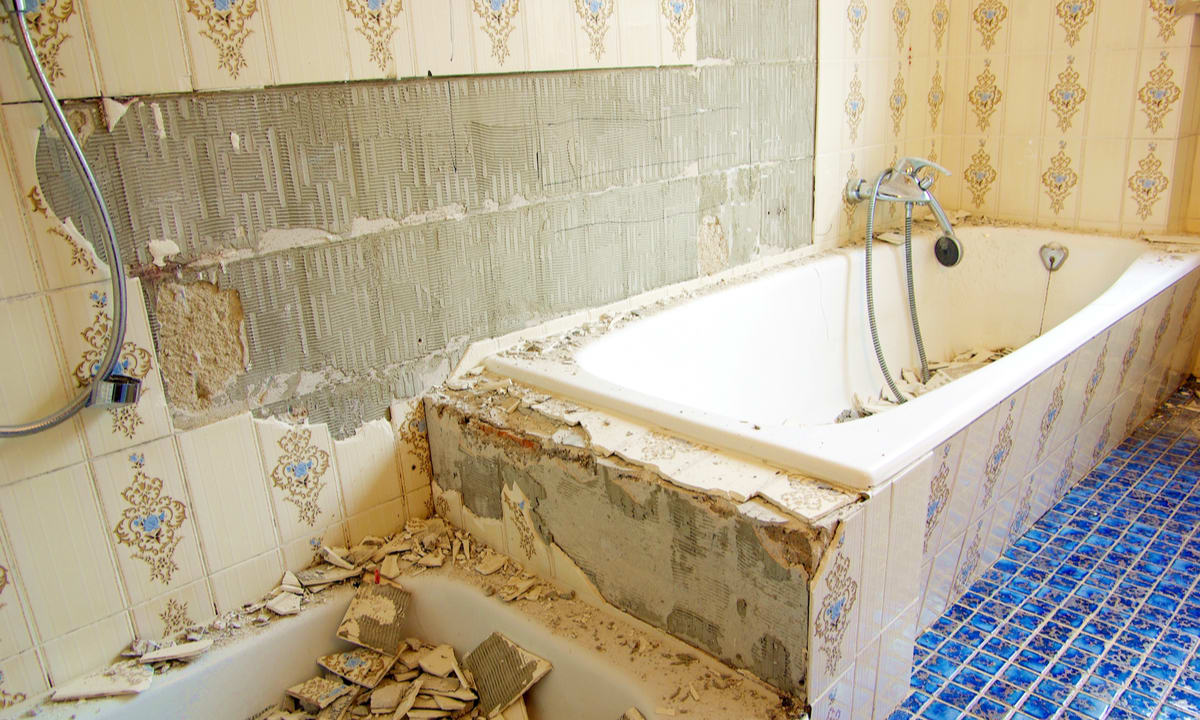The Transformative Power of Makeup: An Exploration of its Historical Significance and Cultural Influence
In the realm of beauty, few tools wield as much power as makeup. With just a few strokes, it can dramatically alter appearances, transform identities, and express personal narratives. But makeup's influence extends far beyond the individual level—it's a cultural phenomenon that reflects societal norms, values, and ideals of beauty. This article will plunge into the depths of makeup’s historical significance and its continued cultural influence in our world today.

Makeup in Ancient Times: Early Examples of Cosmetic Use
The use of makeup can be traced back to ancient civilizations. The Egyptians were well known for their detailed beauty rituals and use of cosmetics. They adorned their eyes with kohl, painted their lips with ochre, and even had their own version of sunblock made from rice bran. These practices were not just about aesthetics; they also served practical purposes like protection from the harsh sun and insects.
The trend of makeup continued to flourish in Roman and Greek societies, where it was used to denote status and wealth. Roman women, for example, used chalk powder to lighten their faces and red ochre for their cheeks and lips. However, the use of makeup during this period was also associated with deception and immorality, reflecting the societal norms and values of the time.
The Renaissance and the Victorian Era: Makeup and Morality
The perception of makeup took a drastic shift during the Renaissance and Victorian era. The use of makeup was largely frowned upon and was seen as a symbol of vanity and deception. Pale, untouched skin was the epitome of beauty and purity, indicating that the individual was untouched by the sun—thus signifying a higher social status.
However, despite this societal disapproval, many still relied on cosmetics to achieve the desired look of the time. White lead and vinegar were used to create a paste that was applied to the face to achieve the coveted pale complexion. This practice, however, was not without its risks: the lead in the mixture was toxic and often led to severe health complications.
The 20th Century: Makeup as a Tool for Liberation
The 20th century marked a significant turning point for makeup. The suffragette movement, which fought for women’s right to vote, also embraced makeup as a symbol of rebellion and empowerment. Red lipstick, in particular, became a powerful tool of protest and defiance.
The post-war period also saw a boom in the cosmetic industry, with the rise of beauty icons like Marilyn Monroe and Audrey Hepburn. Makeup was no longer seen as deceitful but began to be viewed as a tool for self-expression and creativity.
Modern Makeup: Diversity, Inclusion, and Expression
Today, the world of makeup is more diverse and inclusive than ever before. It is no longer restricted by gender norms and societal expectations. Men wearing makeup is becoming increasingly accepted, challenging traditional notions of masculinity. The rise of social media has also amplified the voices of makeup artists and enthusiasts from all walks of life, allowing for a more diverse representation of beauty.
Moreover, makeup brands are taking steps towards inclusivity by expanding their shade ranges to cater to all skin tones. Brands like Fenty Beauty have been lauded for their extensive range of foundation shades, breaking barriers in the beauty industry.
The Transformative Power of Makeup
From its early use in ancient civilizations to its modern applications, makeup has always been a potent tool. It can be used to conform to societal beauty standards, defy them, or even redefine them. Regardless of the era and society, the transformative power of makeup remains undeniable.
The historical context and cultural influence of makeup demonstrate its importance not just as a beauty product, but also as a symbol of changing societal norms and values. As we continue to embrace diversity and inclusivity in beauty, it’s exciting to ponder the future trends and transformations that makeup will instigate in our society.




